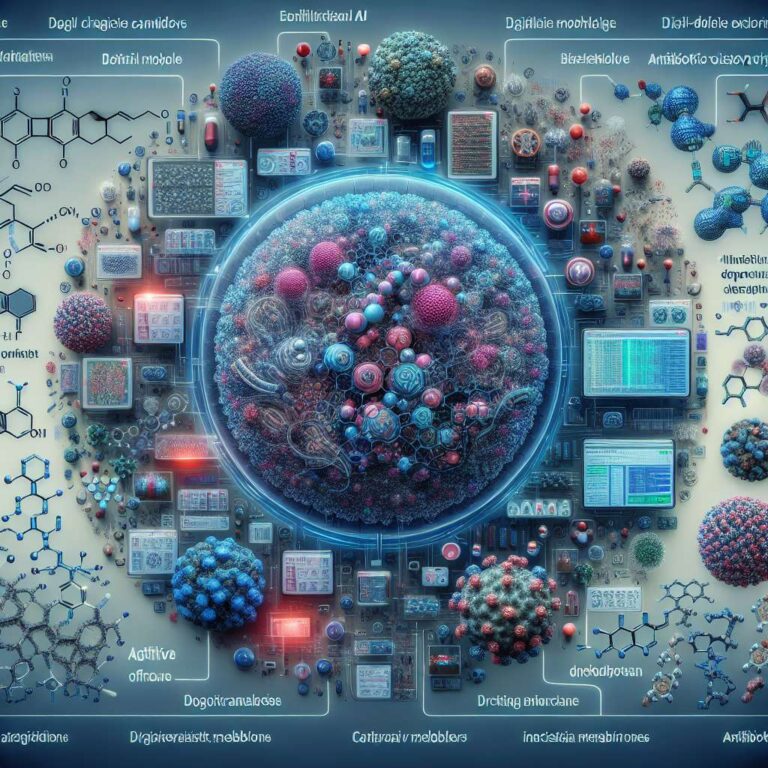MIT researchers report using Artificial Intelligence to design novel antibiotics that target two difficult pathogens: multi-drug-resistant Neisseria gonorrhoeae and Staphylococcus aureus (MRSA). The effort addresses a mounting global health threat. It is estimated that drug-resistant bacterial infections cause nearly 5 million deaths per year worldwide, underscoring the need for new therapeutic strategies that can bypass existing resistance.
The team combined two generative strategies. In one track, they guided a generative model to build molecules around a chemical fragment their model had predicted would have antimicrobial activity. In the other, they allowed the algorithms to generate molecules without constraints. Across both approaches, the researchers designed more than 36 million potential compounds and computationally screened them for antimicrobial properties, prioritizing those most likely to be effective.
The leading candidates they identified are structurally distinct from existing antibiotics, and they appear to act through novel mechanisms that disrupt bacterial cell membranes. Because membrane disruption can be a challenging target for bacteria to adapt against, the researchers note that these compounds could be less vulnerable to the development of antibiotic resistance. The discovery highlights how exploring vast, previously unreachable chemical spaces can surface unexpected scaffolds with promising activity profiles.
Looking ahead, the team aims to apply the same strategy to identify and design drugs effective against additional bacterial species. “We’re excited about the new possibilities that this project opens up for antibiotics development,” said James Collins, a professor of biological engineering and the study’s senior author. “Our work shows the power of Artificial Intelligence from a drug design standpoint and enables us to exploit much larger chemical spaces that were previously inaccessible.”

